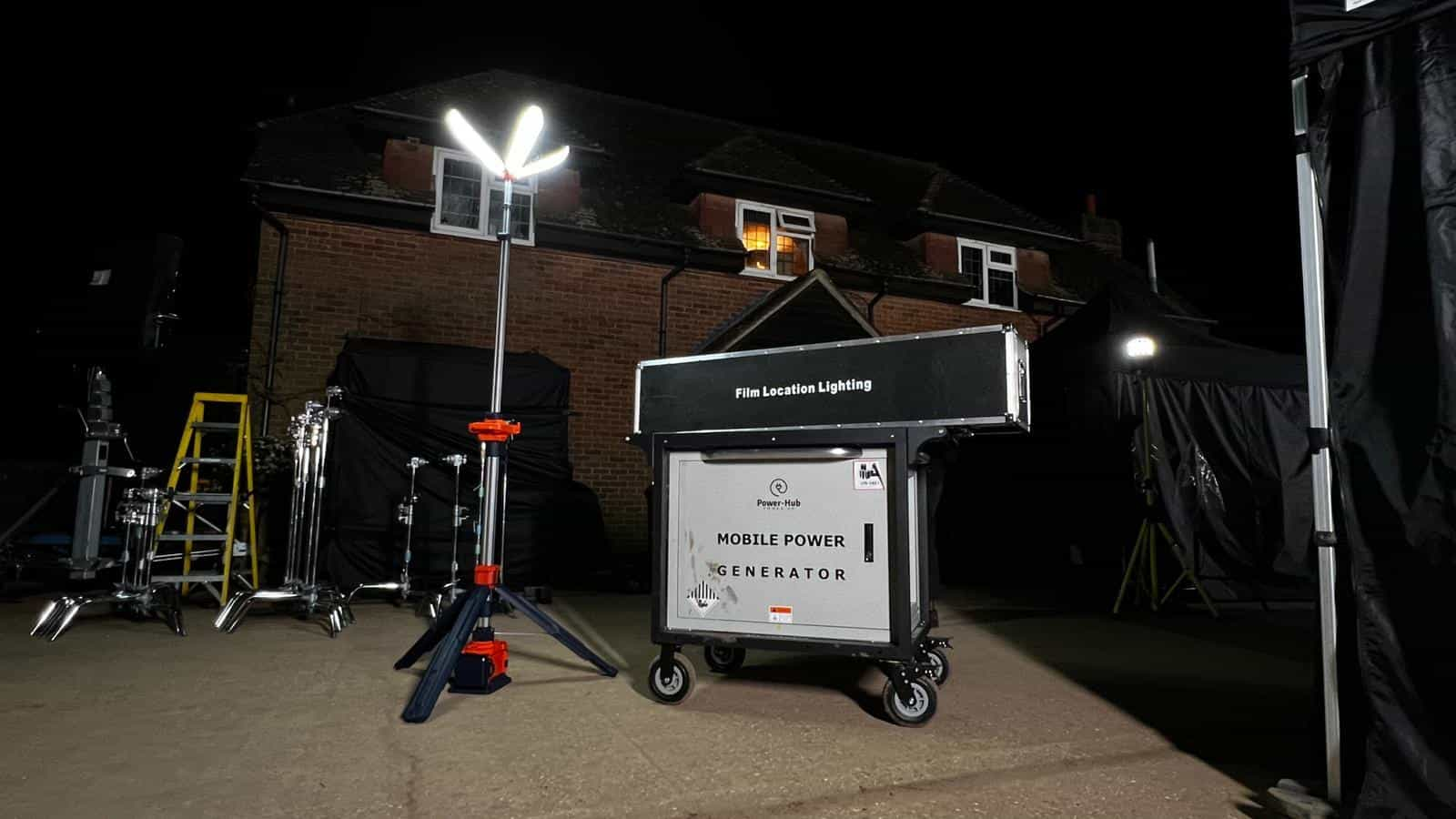Introduction:
Solar street lights are an essential source of light in rural areas where there is no access to the grid. These lights are powered by the sun, making them a sustainable solution for rural communities. In this article, we'll discuss the process of designing and producing high-quality solar street lights for rural areas.
Designing the Solar Street Light:
- Determine the lighting requirements: The first step in designing a solar street light is to determine the lighting requirements of the area. This includes determining the level of illumination required and the number of lights needed.
- Choose the right solar panel: The next step is to choose the right solar panel for the project. The panel size should be based on the power requirements of the lights and the amount of sunlight available in the area.
- Select the battery: The battery is a crucial component of the solar street light. The battery should be chosen based on the energy storage capacity needed, the charging time, and the discharge time.
- Choose the LED lights: LED lights are the most efficient type of lights for solar street lights. The LED lights should be chosen based on the brightness and power requirements of the project.
- Choose the right controller: The controller regulates the flow of electricity between the solar panel, battery, and LED lights. The controller should be chosen based on the power requirements of the project and the environmental conditions in the area.
Producing the Solar Street Light:
- Assembly: Once the components have been chosen, the solar street light should be assembled. This includes connecting the solar panel, battery, LED lights, and controller.
- Testing: After assembly, the solar street light should be tested to ensure that it is functioning properly. This includes testing the solar panel, battery, LED lights, and controller.
- Packaging: The final step in producing the solar street light is to package it for shipment. The packaging should be designed to protect the light during transportation and to make it easy to install in the field.
Conclusion:
Designing and producing high-quality solar street lights for rural areas requires careful consideration of the lighting requirements, solar panel, battery, LED lights, and controller. By following these steps, it is possible to produce a solar street light that provides reliable lighting for rural communities.


